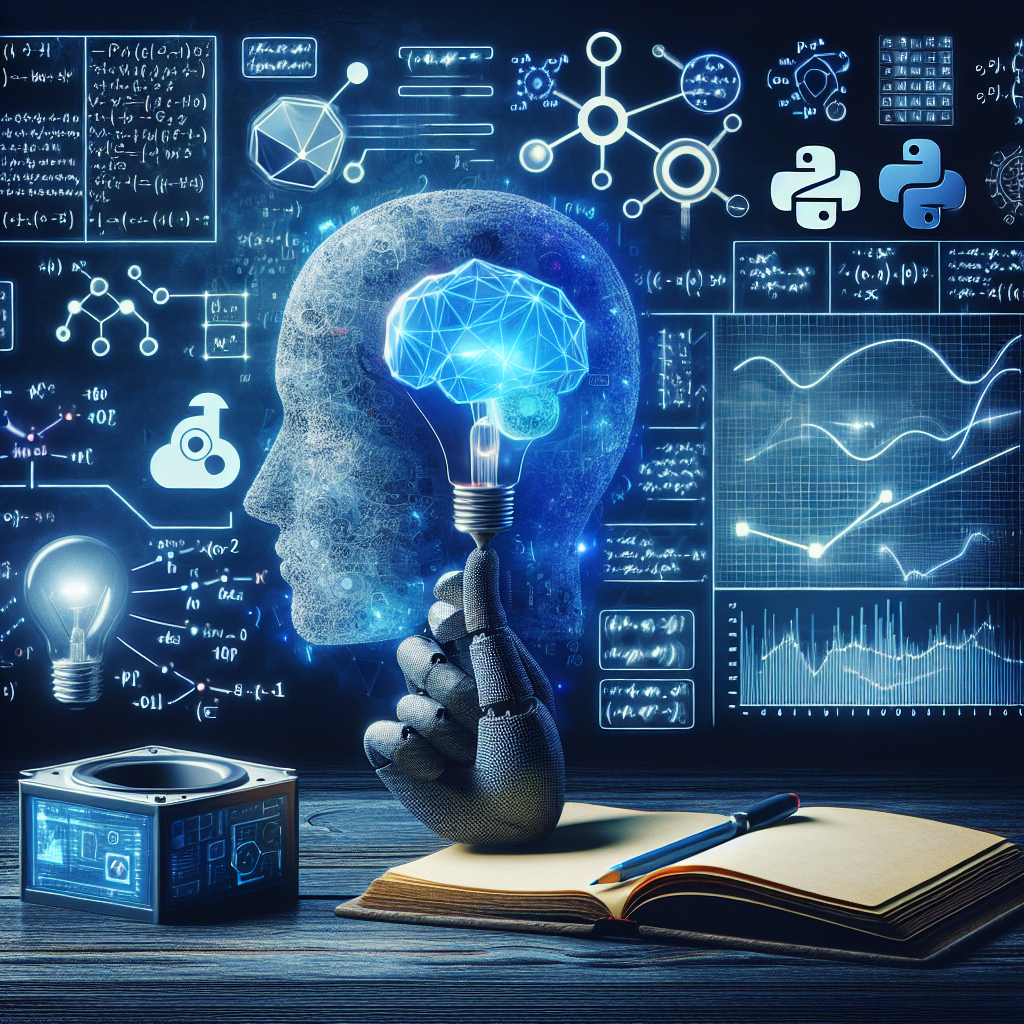Fix today. Protect forever.
Secure your devices with the #1 malware removal and protection software
Deep learning has revolutionized the field of machine learning, enabling computers to learn from data and make decisions without being explicitly programmed. Two popular deep learning frameworks, PyTorch and TensorFlow, have emerged as powerful tools for building sophisticated machine learning systems. In this article, we will explore how to master deep learning using these frameworks to build powerful machine learning systems.
PyTorch and TensorFlow are both open-source deep learning frameworks that provide a flexible and efficient way to build neural networks. They offer a wide range of tools and libraries for building, training, and deploying deep learning models, making them popular choices among researchers and developers.
To master deep learning with PyTorch and TensorFlow, it is important to understand the basics of neural networks and how they work. Neural networks are a set of algorithms that are modeled after the human brain, consisting of layers of interconnected nodes that process and analyze data. Deep learning involves training neural networks on large datasets to learn patterns and make predictions.
One of the key concepts in deep learning is the use of convolutional neural networks (CNNs) for image recognition tasks. CNNs are a type of neural network that use convolutional layers to extract features from images and classify them into different categories. By mastering CNNs in PyTorch and TensorFlow, you can build powerful image recognition systems that can identify objects in images with high accuracy.
Another important concept in deep learning is the use of recurrent neural networks (RNNs) for sequence modeling tasks. RNNs are a type of neural network that can process sequences of data, such as text or speech, and make predictions based on the context of the sequence. By mastering RNNs in PyTorch and TensorFlow, you can build powerful language models and speech recognition systems that can generate text and understand spoken words.
In addition to CNNs and RNNs, PyTorch and TensorFlow also offer tools for building other types of neural networks, such as generative adversarial networks (GANs) for generating realistic images and reinforcement learning algorithms for training agents to perform tasks in a simulated environment. By mastering these advanced techniques in PyTorch and TensorFlow, you can build powerful machine learning systems that can solve complex problems in a variety of domains.
To get started with mastering deep learning using PyTorch and TensorFlow, it is recommended to start with online tutorials and courses that provide hands-on experience with building and training neural networks. By practicing with real-world datasets and experimenting with different architectures and hyperparameters, you can gain a deep understanding of how to build powerful machine learning systems using these frameworks.
In conclusion, mastering deep learning with PyTorch and TensorFlow is essential for building powerful machine learning systems that can make accurate predictions and perform complex tasks. By understanding the basics of neural networks, mastering advanced techniques, and practicing with real-world datasets, you can become proficient in using these frameworks to create cutting-edge machine learning models. So, start learning today and unlock the full potential of deep learning with PyTorch and TensorFlow.

#Mastering #Deep #Learning #Build #Powerful #Machine #Learning #Systems #PyTorch #TensorFlow,understanding deep learning: building machine learning systems with pytorch
and tensorflow: from neural networks (cnn

Leave a Reply
You must be logged in to post a comment.